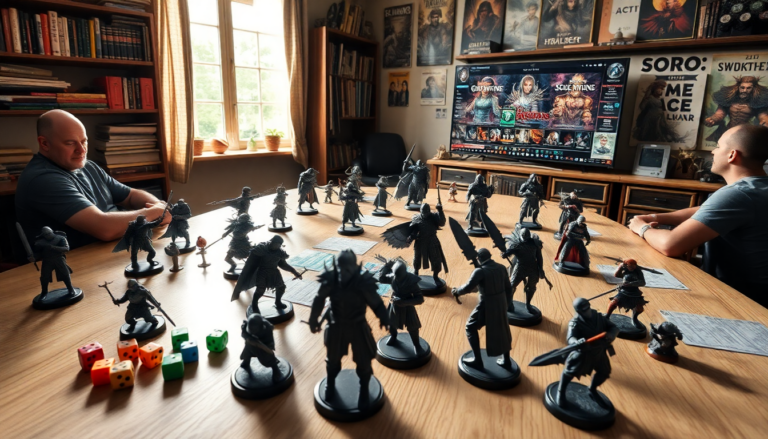Argomenti trattati
Turn-based combat in role-playing games (RPGs) offers a unique blend of strategy and engagement that’s tough to find in other gaming formats. Unlike real-time combat, which can quickly overwhelm players, turn-based systems invite thoughtful decision-making. But what makes this style so appealing? Let’s dive into the nuances of turn-based combat and explore the sense of ownership it creates among players.
The Mechanics of Turn-Based Combat
At its core, turn-based combat is all about positioning and tactical choices. Players aren’t just moving characters around; they’re orchestrating a complex dance of strategy. Each decision can lead to flanking bonuses or critical attacks, which makes character placement absolutely vital. This meticulous nature is what truly sets turn-based combat apart.
For many, the thrill lies in controlling each character’s movement. Imagine visualizing a battlefield and deciding where to place your characters to maximize their effectiveness. It’s not just about attacking; it’s about anticipating the enemy’s moves and setting up defenses. The satisfaction comes from executing a well-planned strategy, much like playing a board game where every move counts.
In contrast, real-time combat often feels rushed. While it has its excitement, the strategic depth can get lost in the chaos. Players might find themselves clicking frantically instead of thoughtfully considering their options. Turn-based systems encourage players to slow down and fully engage with the mechanics, leading to a more rewarding experience.
A Sense of Ownership and Customization
Another compelling aspect of turn-based RPGs is the sense of ownership they foster. Players develop a connection to their characters, often personalizing them with distinct traits and appearances. Whether it’s choosing a character’s attire or crafting a backstory, this customization deepens emotional investment.
The ability to respec characters adds another layer of engagement. Players can redefine their party members, creating a unique identity within the game world. This flexibility allows for experimentation with different strategies without the fear of permanent consequences. Isn’t it exciting to think about how your choices shape the characters you control?
Moreover, customization goes beyond mere aesthetics. Players often decide how their characters evolve, selecting skills and abilities that align with their playstyle. This empowerment transforms the gaming experience, making each player’s journey distinct. It’s not just about winning battles; it’s about crafting a narrative that feels personal.
The Timeless Appeal of Turn-Based Combat
Turn-based combat has truly stood the test of time, appealing to both newcomers and veteran players alike. Its strategic nature requires players to think critically, anticipate enemy actions, and adapt their strategies. Isn’t that depth what keeps players returning to their favorite RPGs?
In a gaming world where trends come and go, the classic turn-based format remains relevant. Titles like Divinity: Original Sin 2 exemplify this enduring appeal, providing rich tactical experiences that resonate with players. The balance of strategy, customization, and ownership makes turn-based combat a beloved feature of the RPG genre.
Ultimately, whether it’s maneuvering characters on a battlefield or customizing their abilities, the allure of turn-based combat lies in its ability to engage players on a deeper level. It invites thoughtful play, strategic planning, and a personal touch, making each victory all the more satisfying. So, are you ready to embrace the strategic depth of turn-based combat in your next RPG adventure?

